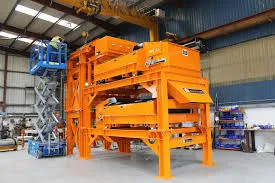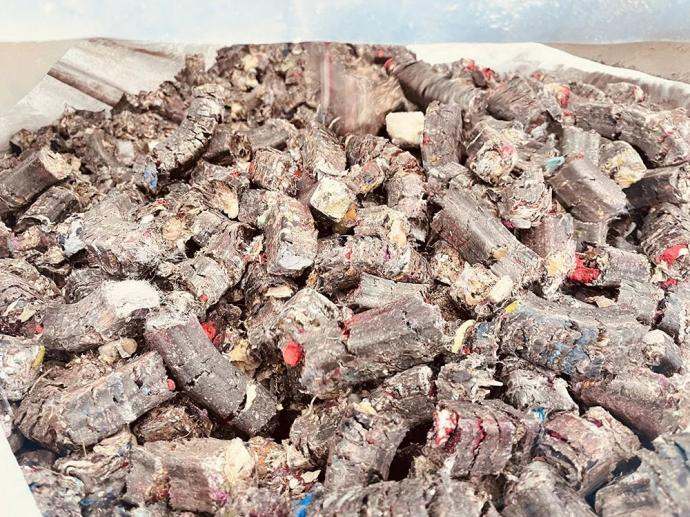The waste sorting machine has emerged as a groundbreaking innovation in the realm of waste management, offering unparalleled efficiency and sustainability. In today’s environmentally conscious society, where the drive to reduce, reuse, and recycle is stronger than ever, the importance of these machines cannot be overstated. This article delves into the experiences, expertise, and technical nuances of waste sorting machines, providing insights that are both authoritative and trustworthy.

For decades,
waste sorting has been a manual and labor-intensive process, often plagued by inefficiencies and human error. Enter the waste sorting machine—a sophisticated marvel that transforms waste management through automation and precision. By employing advanced sensor technology, such as infrared and x-ray systems, these machines detect and categorize various types of materials, ranging from plastics and metals to organic waste. This capability significantly reduces contamination in recyclable materials, ensuring a higher quality of output.
Users who have integrated waste sorting machines into their operations consistently report substantial improvements. One notable example is a mid-sized recycling facility in Los Angeles that documented a 30% increase in processing speed and a 25% reduction in operational costs within the first year of using the machine. The facility's director noted that the real-time data provided by the machine allowed for instant adjustments, further optimizing the sorting process.

From an expert perspective, the technological foundation of waste sorting machines speaks volumes about their capabilities. Modern iterations are equipped with artificial intelligence that learns and adapts over time, optimizing the sorting process based on the unique waste profile of the facility. As these technologies evolve, the machines become more adept at distinguishing between complex materials, ensuring that even the most nuanced differences in waste are accounted for.
waste sorting machine
Authoritative research supports these experiences, with studies conducted by leading environmental agencies underlining the reliability of waste sorting machines. One study, published by the Environmental Protection Agency, highlighted a significant reduction in landfill contributions—estimated at 20% annually—when waste sorting machines are utilized. Such findings underscore the critical role these machines play not just in streamlining operations, but also in advancing global sustainability goals.
Trustworthiness is paramount when considering the implementation of any new technology, and waste sorting machines are no exception. Manufacturers of these machines are committed to transparency, often conducting comprehensive third-party audits and certifications. This rigorous testing ensures that the machines not only meet but exceed industry standards, providing peace of mind to end-users regarding both performance and environmental compliance.
In conclusion, the waste sorting machine is not just a product but a paradigm shift in waste management. It embodies the essence of innovation—merging efficiency with environmental stewardship. For businesses and municipalities looking to enhance their waste management processes, investing in a state-of-the-art waste sorting machine offers a path to operational excellence and environmental responsibility. As society progresses, the need for such groundbreaking solutions will only become more pronounced, positioning the waste sorting machine at the forefront of ecological advancements.


